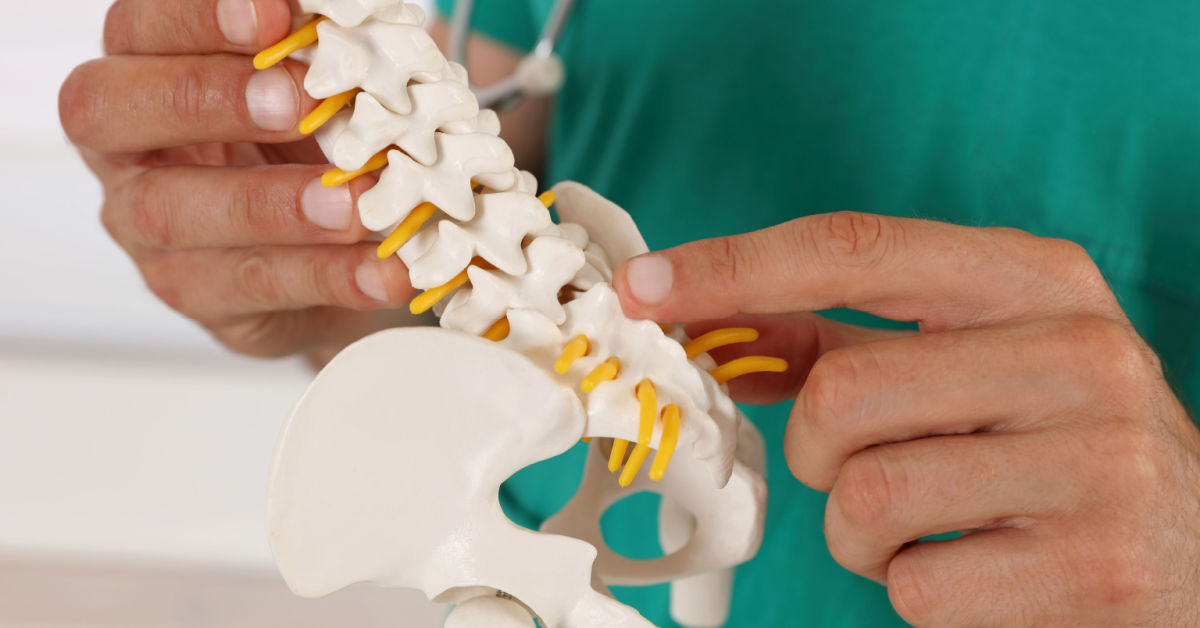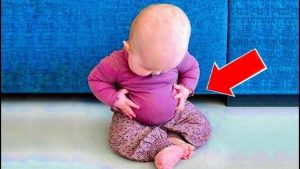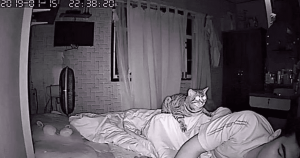The tailbone, which consists of three to five fused vertebrae, is situated at the base of your spine, below the sacrum. It is joined to numerous muscles, tendons, and ligaments. The two bones that make up the floor of your pelvis—the coccyx and the ischial tuberosities—support your weight when you sit down. A coccyx that curves slightly rather than pointing downward is present in two-thirds of individuals, but a coccyx that curves excessively is unnatural and uncomfortable.
It has been discovered that women experience tailbone pain five times more frequently than males do. Adults and teenagers are more frequently affected than youngsters. Obese persons are three times more susceptible than those who are at an ideal weight, according to the BMI scale. Furthermore, if you lose weight too soon, you expose yourself more.
From too much sitting to pregnancy or childbirth, the causes of tailbone pain can vary . Let us address some of them here:
Falling : Falling and landing on your back is common – it may be when you fall from a ladder, while walking on ice, or from a chair while leaning backward. Your tailbone may be fractured, broken, or knocked out of place when you fall with intensity. This may result in pain in the location.
Injury from Repetitive Strain: You may sway back and forth when engaging in sports like rowing and bicycling to lengthen your spine. The tissues around your coccyx may become strained if that motion is performed too frequently, resulting in pain and difficulties.
Pregnancy or Childbirth : A woman’s body secretes hormones during the third trimester of pregnancy that softens the region between the sacrum and the coccyx. This enables the widening of the pelvic area to make childbirth easier. This also results in the coccyx moving as needed when giving birth. Although this is a normal bodily process, the movement may unnecessarily stretch the ligaments and muscles surrounding the coccyx, leading to more discomfort. These soft tissues are under such stress that they cannot maintain your coccyx at a normal angle.
Obesity: The coccyx will undergo more pressure when you gain more weight. As a result, the coccyx may slant backward. This misalignment may lead to pain.
Underweight : A sufficient amount of fat is required in the buttocks to keep the coccyx from rubbing against the muscles, ligaments, and tendons. If you are underweight, soft tissues become inflamed from the friction.
Sitting : Coccyx pain can exacerbate if you sit for a more extended period daily. It happens mainly if you’re seated on a hard or constrained surface. Try your best to get up frequently, stretch, and take a quick stroll. Better still, use a cushioned seat or look for a softer surface to sit on.
Cancer : Pain in the tailbone is only occasionally an indication of malignancy. It can happen if you have cancer in the prostate, colon, or a tumor in the vertebrae.
Other Causes: Pain in the tailbone may also happen due to the development of cysts in the tailbone area (pilonidal cyst), vertebral tumor, and chordoma (tumour in the tailbone).
Suppose the symptoms mentioned above appear and don’t go away even after trying home remedies. You may visit the health care provider to determine the underlying cause and treatment options.






